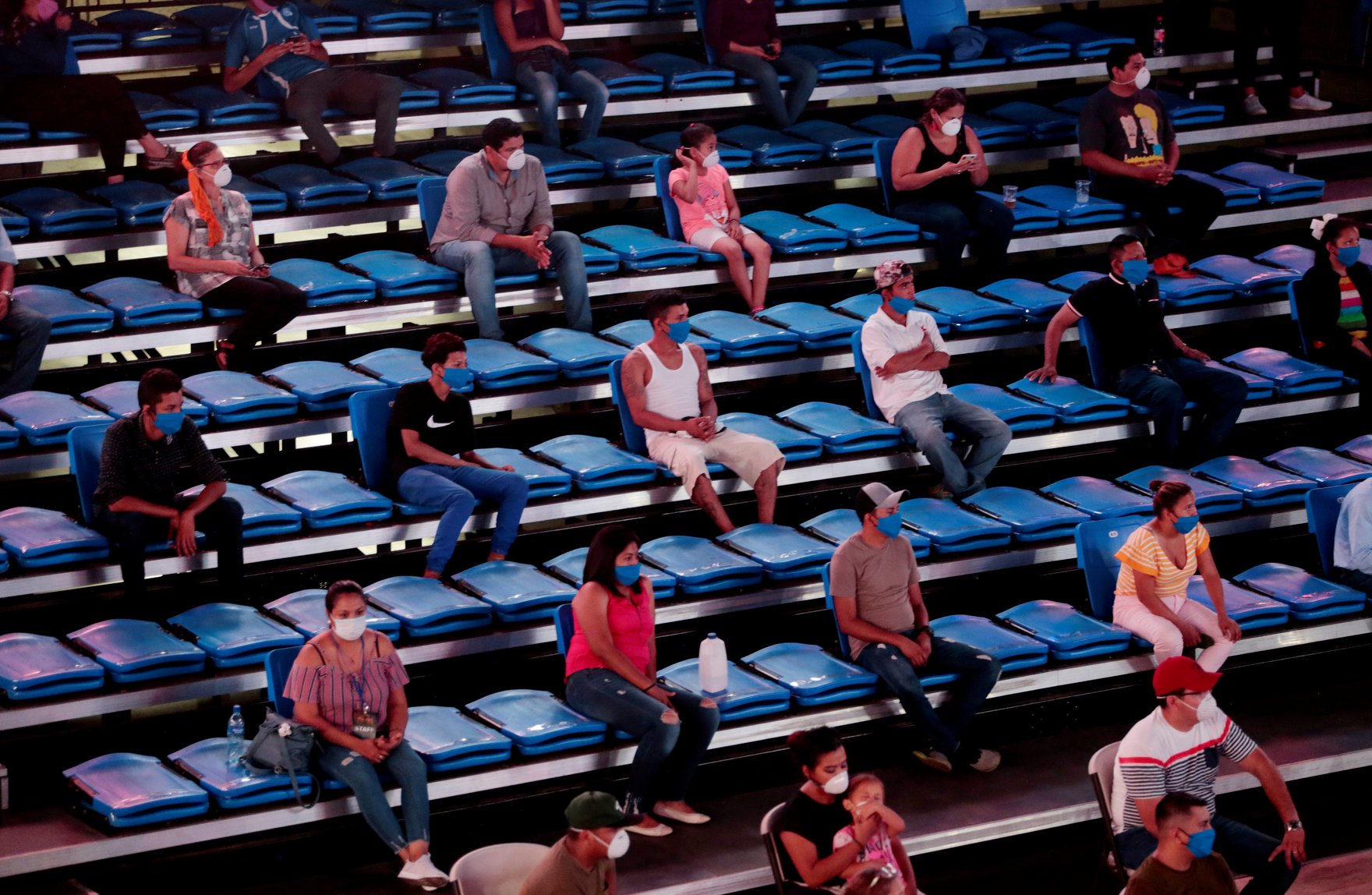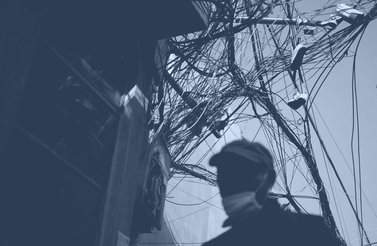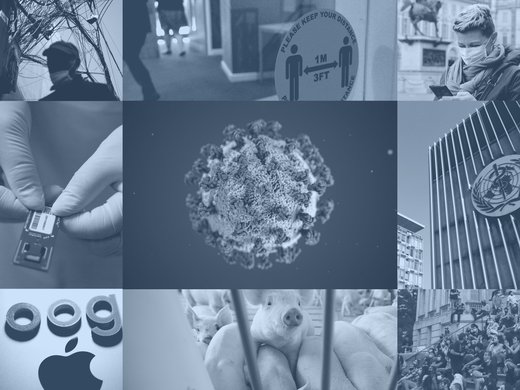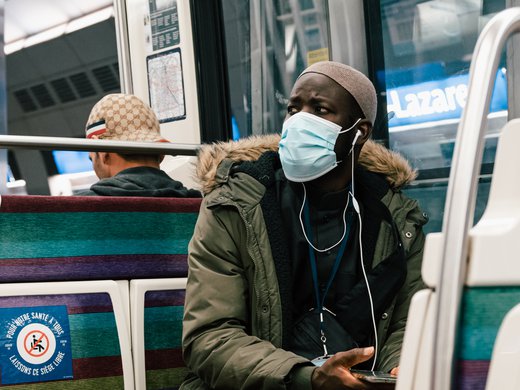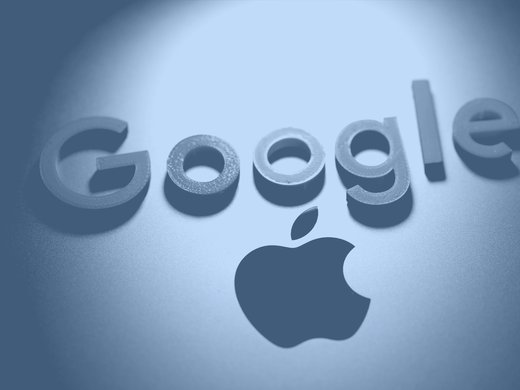We’re witnessing one of the largest ever collaborative efforts among medical researchers working to stop the spread of COVID-19. New findings and hypotheses are emerging at an incredible scale and speed. Governments and public health authorities are tasked with translating this flood of complex medical research into clear recommendations and disseminating this information to the masses. It’s been no easy task; emerging research is sometimes contradictory, and the media and digital platforms are flooded with misinformation.
As a result, public response to policies and recommendations related to COVID-19 is varied. But what if technology could be used to minimize or even prevent transmission and outbreaks? In a society where time is scarce and attention is valuable, is there a role for scoring systems that symbolize and synthesize complex information to assist people in their choices and decisions? Specifically, can a scoring system be designed to help individuals engage in pandemic risk management and mitigation?
While scoring systems are widely criticized and often discussed in dystopian contexts, the current global need to mitigate the spread of COVID-19 provides a decent case for considering social scoring systems.
In a society where time is scarce and attention is valuable, is there a role for scoring systems that symbolize and synthesize complex information to assist people in their choices and decisions?
Digital economies and societies already depend upon scoring systems to navigate and manage information. Algorithms are employed widely to sort, rank and file information that is in abundance, and make it possible to find, choose and understand that data through a vast array of possible options. In this context, algorithms are both the cause of and the solution to information overload.
Examples include:
- rating and recommendation systems that help people choose where to eat or who to buy from;
- social media metrics that help people choose who to trust or follow;
- human resource systems that measure productivity or indicate which employees need support or attention; and
- credit scores that determine our trustworthiness and fiscal responsibility.
All of these systems are designed to make it easy for others to make judgments and assess risk or trust, by aggregating and synthesizing various sources and values to come up with a symbolic (and often powerful) score.
Perhaps the most notorious and misunderstood scoring system is the Chinese social credit system. Developed over the past decade, the primary goal of the Chinese scoring system is to act as a tool for regulatory compliance, making it easier for regulating agencies to pursue their mandates, while also making it possible for others to understand the regulatory process. For example, an environmental regulator can use such a system to reward and punish companies who comply with or disobey environmental regulations. In creating a score, it makes it easier for people to assess the environmental track record of a corporation.
A major misconception is that it’s a single system; instead, it’s actually made up of multiple systems that operate independently. Individual state agencies can operate their own social credit systems, which are largely focused on companies, not individuals.
Popular perception of these systems in western societies has focused on their potential role for individual social control, as an extension of an authoritarian surveillance society. However researchers have noted that similar systems exist elsewhere, and the debate around their efficacy and morality remain unresolved.
The Chinese government has established the National Credit Information Sharing Platform, which acts as a kind of API (application programming interface) for all the various agencies’ social credit systems, gathering and storing their data.
The main objection people have to a social credit system, versus other kinds of scoring systems, is that it is a technology of social control designed to influence and shape behaviour. Whether a specific system is in China or North America, this depiction is accurate.
However, other scoring systems may also influence behaviour. Credit scores — generated through an analysis of an individual’s debt and payment history — are meant to encourage people to pay their bills on time and to punish them if they don’t. Similarly, rating and recommendation systems are designed to reward businesses for good customer service and to punish those that fail to serve their clients.
These other scoring systems are seen as having social value, so it seems the larger issue is not with scoring systems in general, but rather with their application and configuration. A scoring system in a democratic society should be radically different from one that is designed and deployed by an authoritarian regime.
Application and configuration are important concepts to consider when contemplating whether a scoring system would be helpful and effective in response to the current pandemic.
Initially, during the pandemic lockdown, such a system could have been used to manage something like an immunity passport (that indicates the bearer’s relationship to the virus, whether vulnerable, infected or immune) or to help assess who is essential and therefore not subject to lockdown conditions. Rather than act as a blanket ban on activity and movement, a scoring system could be used to evaluate who is at risk, who is essential and in theory, once the research and medicine evolves, who is immune to the COVID-19 virus or has been immunized.
Hopes that technology could play a role in contact tracing or at least in exposure notification are falling short, largely because not enough people are installing designated apps or have the technology to use them in the first place. A scoring system could play an enabling role in such an approach, helping individuals and organizations make informed decisions that reflect the current research and epidemiological understanding of how the virus spreads.
Journalists and researchers have already started down this path, creating charts and graphs that illustrate and communicate risk of transmission based on activity or precautionary measures. While they aren’t scoring systems, such data collection and visualization can influence the choices people make and discourage them from being in the “three Cs”: confined spaces, crowded places and close contact. Others have focused on the merits of mask wearing.
After more than half a year of living in a pandemic, it is clear that we have to make it easier and more rewarding for people to comply with public health advisories and guidelines.
Where a scoring system could have a potentially exponential impact is with regard to “superspreaders” and superspreading events. This is where knowledge translation and knowledge mobilization are relevant and essential.
Increasingly, researchers are recognizing that the greatest percentage of virus transmission is happening at superspreading events. These are events in which the environmental and social conditions create factors that enable rapid and widespread infection. Therefore, a key strategy, besides minimizing or preventing superspreading events, would be to empower people to both better understand this recent research and adjust their behaviour so that they avoid superspreader situations.
For example, new research that focused on the annual motorcycle rally in Sturgis, South Dakota, as a superspreader event argues that this gathering resulted in more than 250,000 reported cases of COVID-19 between August 2 and September 2, a number representing nearly 20 percent of all reported cases in the United States at that time. Most people attending this rally either did not understand how the virus could be transmitted or did not believe it was a threat.
Could the development of a superspreader score (which would have been applied to the event) have changed their perspective and behaviour?
What if there was a scoring system or app that provided people (and planners) with information on the likelihood of a superspreading situation? For example, imagine a contact-tracing app reconfigured to analyze and prevent superspreading. While it would still focus on contact tracing, it would also generate a superspreader score.
This score would apply both to individuals, as potential superspreaders, and to locations, as possible sites of superspreading events. These scores would be dynamic, changing on the basis of how many people were nearby, and whether the area was enclosed, well ventilated or nearing capacity.
The benefit of using a score would be that it could translate the latest medical research (which most people are not well-versed in) into a number that could be used to manage risk. It would also shift the focus back to disease prevention and make it easy for people to understand the nuance that is frustratingly lost in a lockdown situation.
A superspreader scoring system could still have all the privacy protections associated with some exposure and tracing apps, while also employing transparency in how the score is established and linking to the medical research that such a system is based on.
A social scoring system’s goal may indeed be the modification of behaviour, but if its campaign is carried out transparently and offered with clear public health benefit and justification, how would it differ in its substance from broader public health campaigns?
After more than half a year of living in a pandemic, it is clear that we have to make it easier and more rewarding for people to comply with public health advisories and guidelines. Using scoring systems are one means by which that could happen.
